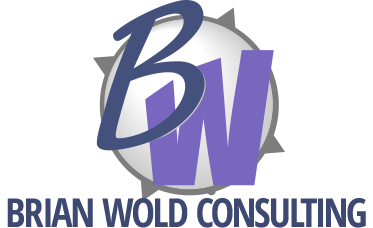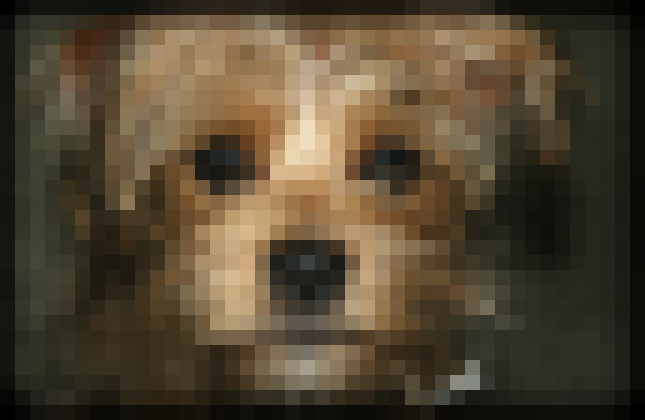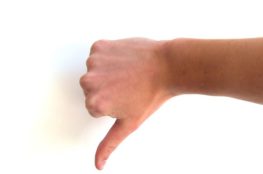“Hey, B, we’ve just finished the poster for our big event…. so I’m going to have the artist send it over to you to put on the Web site, okay?”
Sure, no problem. Your 20-inch by 40-inch, glossy, paper-printed poster is going to look great on the Web site. It’ll be 3% of its original size, with text too small to read, color differences and dimensions that don’t match the original. Should be awesome.
C’mon, people. Of course the poster won’t fit on the site. Of course, if you shrink it to even 10% of its original size, the text will be unreadable. And the proportions for the artwork on your site’s template are not even remotely the same. And in case you didn’t know: colors look different on a lit computer screen than they do reflected off a printed page.
Media is designed to fit a space and to be effective within its environment. For example, on a poster, you might have a small paragraph of text at the bottom, which includes all the little, important details. Your poster might be designed to balance that text with the artwork. If it’s a postcard or flyer, it might have design elements on both sides, or leave space for folding.
I’ve had clients (looking for a fast solution) ask to just remove the text, crop the images, and jam it into the Web page. Then, when they discover that the colors clash with the colors of the Web site, or that the balance is off now that things have been moved around, they decide they need another round of changes.
Sure, we can shrink it to a tiny size and cram it into the Web page, pushing aside any other page items that get in the way. Sure, we can link to a popup image that’s as big as the average monitor. Sure, we can stretch it to different proportions and hope no one notices. But there are better choices.
Before you tell the artist to send over artwork that I can’t use… plan ahead. Include all the different versions, shapes, and uses into the design process. Think about how you want to tell the story in each medium. On the Web, for example, we might distill the whole poster down to a teaser concept, with streamlined artwork, and then link to a subpage that has all the details. Or we might use Flash or other animation techniques to split the story into multiple panels and show them consecutively. (Try doing that on a poster!)


